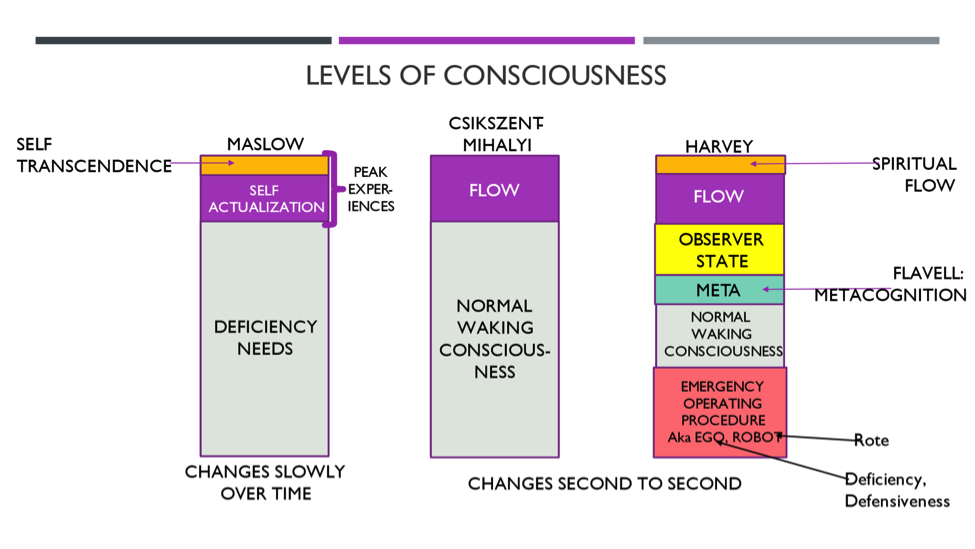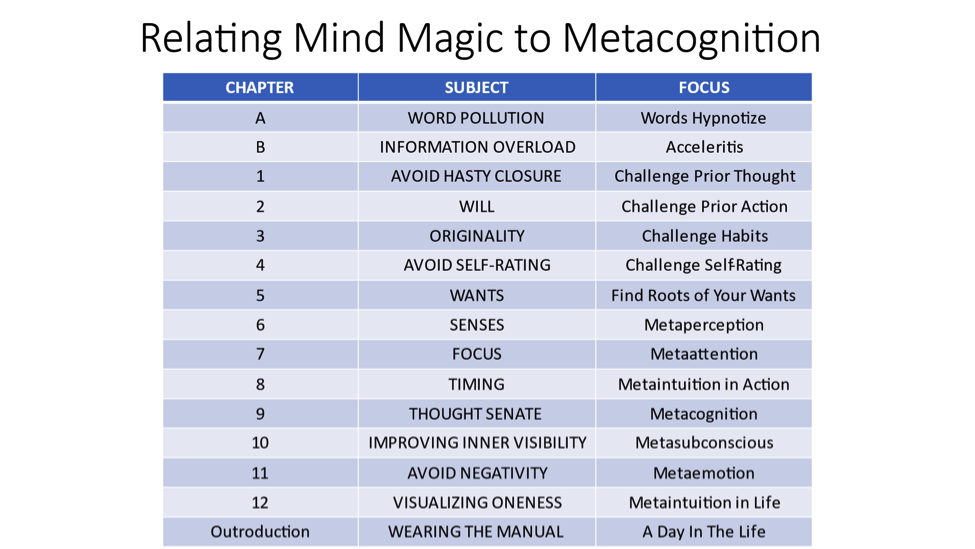Created January 27, 2022
Welcome to this week’s Bill Harvey Blog.
If We Spoke Compassionately to Everyone, It Would Make a Big Difference
Let me start with a very extreme case to prove my point.
If we spoke to Putin compassionately it might make a difference.
Soon after the Inauguration I wrote a series of three posts sort of like science fiction depictions of what the new President Joe Biden could do to make a clear break with the past and talk with the Russian and Chinese leaders as if there were no history of bad blood.
President Biden I guess did not read my posts or didn’t consider them as serious options.
It’s too bad because we all put our pants on the same way, we’re all human beings, a band of brothers and sisters whether we recognize it or not.
It would have had the advantage of surprise.
And not like Pearl Harbor.
More of a positive surprise, after all the hatred and suspicion.
Why continue to choose to fight when there’s a minute in which you can choose to proffer peace?
Right after being elected is just such a minute.
A window passed.
How long will we wait for another such opportunity?
We can do it right now!
We can really choose peace at any time. It just takes an authentic compassionate statement or two to stop the world. Stop the momentum of decades since we were allies. We were the best allies Russia and China ever had when we were fighting the Axis together.
Let’s remember those days when we were all larger than life heroes and not the blithering idiots we appear to have become. But that idiocy is just illusion being allowed to take over our minds.
All it really takes is getting in touch with our own humanity and putting our self in the other guy’s shoes for just a moment.
“Vlad, I know you’re pissed off because after all your hard work, the Soviet Union collapsed. I know you’d like to continue to play your cards to restore Rus to the greatness it deserves. I want you to succeed,” the US leader could say.
One country winning does not have to mean other countries losing.
“Vlad you say you and the Ukraine are one people, and I agree that you have been since the ninth century, but how can you welcome them back while threatening them with force? Isn’t there a cleverer way to win them back? I’m willing to help. I’d rather that brothers and sisters stayed unified. We’re all brothers and sisters, and one day we will all be unified. Then we will wonder how could it have taken this long to stop the bloody fighting among the human family?”
It cannot stop there with a nice moment and then back to business as usual. It has to be a permanent change, each of us is the only one who can do it.
If we all start doing it, it will spread like wildfire. Everyone wants it.
Stick to your principles, but offer them in a respectful and empathetic way, not with insults and threats. Show that you understand the opposition’s perspective, and where you agree with it. Show how those agreed principles led you to different conclusions; step by step, as if speaking to a beloved.
The tone of your voice has more of an effect than the words you use.
We Just Won an Emmy
Wednesday night January 26, 2022 I got a call and a link telling me that Next Century Media, my 1990s company, has won an Emmy for “Pioneering Development of Technologies to Collect granular linear TV Viewership Data including STB’s, ACR, Connected TV’s for Measurement, Marketing & Advertising”.
Three other companies each won the same award, and they had all built upon NCM’s technology to different degrees: Bell South, Cablevision, and DIRECTV. Bell South had integrated directly with NCM, and Cablevision and DIRECTV had adopted NCM algorithms that had been given pro bono to the industry as a standard, based on the request from then Advertising Research Foundation (ARF) CEO Jim Spaeth.
Many more people and companies deserve recognition for the invention of Set Top Box Data (STB). It’s always that way. It takes a community to accomplish anything of significance. Being able to work together and make it enjoyable is a master key to life. It seems like it’s going to make you go slower but it actually speeds up the upside outcome.
Bob Block built logging channel changes into his Telease set top box in 1972, although it didn’t have the algorithms yet to make it research currency grade data. John Malone and John Hendricks gave NCM the chance to deploy in what was then the world’s largest MVPD, TCI, later acquired by AT&T and today the largest part of Comcast’s footprint. John Malone’s Liberty Media owned TCI, and the NCM deployment of STB and addressable commercials (and personalized program recommendation and programmatic buying) was triggered by Discovery founder John Hendricks’ Your Choice TV (the conceptual grandfather of Hulu).
The NCM team was world class. My partner the late Len Matthews had been CEO of Leo Burnett then Y&R, President of the 4As and Undersecretary of Commerce. Deep thinker and award-winning copywriter Burt Manning had been Chairman of J. Walter Thompson. Lester Wunderman needs no introduction. Omnicom Chairman John Wren and global media head Arnie Semsky made the greatest use of our technology, and 20 other agencies and innumerable advertisers and media used it too. IBM, EDS, Groupe Bull all helped us get off the ground. Gian Fulgoni and Ed Dittus joined the Board.
NCM’s dedicated multinational multicultural full time team of 34 people in North America and Europe included the former CTO of the French NASA. The late Gerry Despain was a soft spoken genius who had led business optimization teams at GE and at Honeywell, and at NCM led the software development team of French and Belgian developers based in Versailles. Talk about agile rapid prototyping! I’ve never seen people turn my visions into working code so quickly.
NCM days were some of the best times of my life. The TRA technology and the RMT technology came out of NCM. Visible World and Invidi carried on NCM’s work brilliantly and now TV is rapidly becoming addressable everywhere, and granular clickstream (a term we coined meaning naturally-occurring audience data) is available universally in digital (who learned a lot from NCM, especially Dave Morgan) and fast becoming universal in TV.
I’m thrilled that we were recognized by the Television Academies. My humble gratitude will be expressed at the ceremonies in Las Vegas on April 25.
I must say, with the rewarding work I’ve been given through RMT and Bill Harvey Consulting, it feels to me like the 90s right now, all over again.
The best is yet to come for all of us.
Best to all,
Bill


